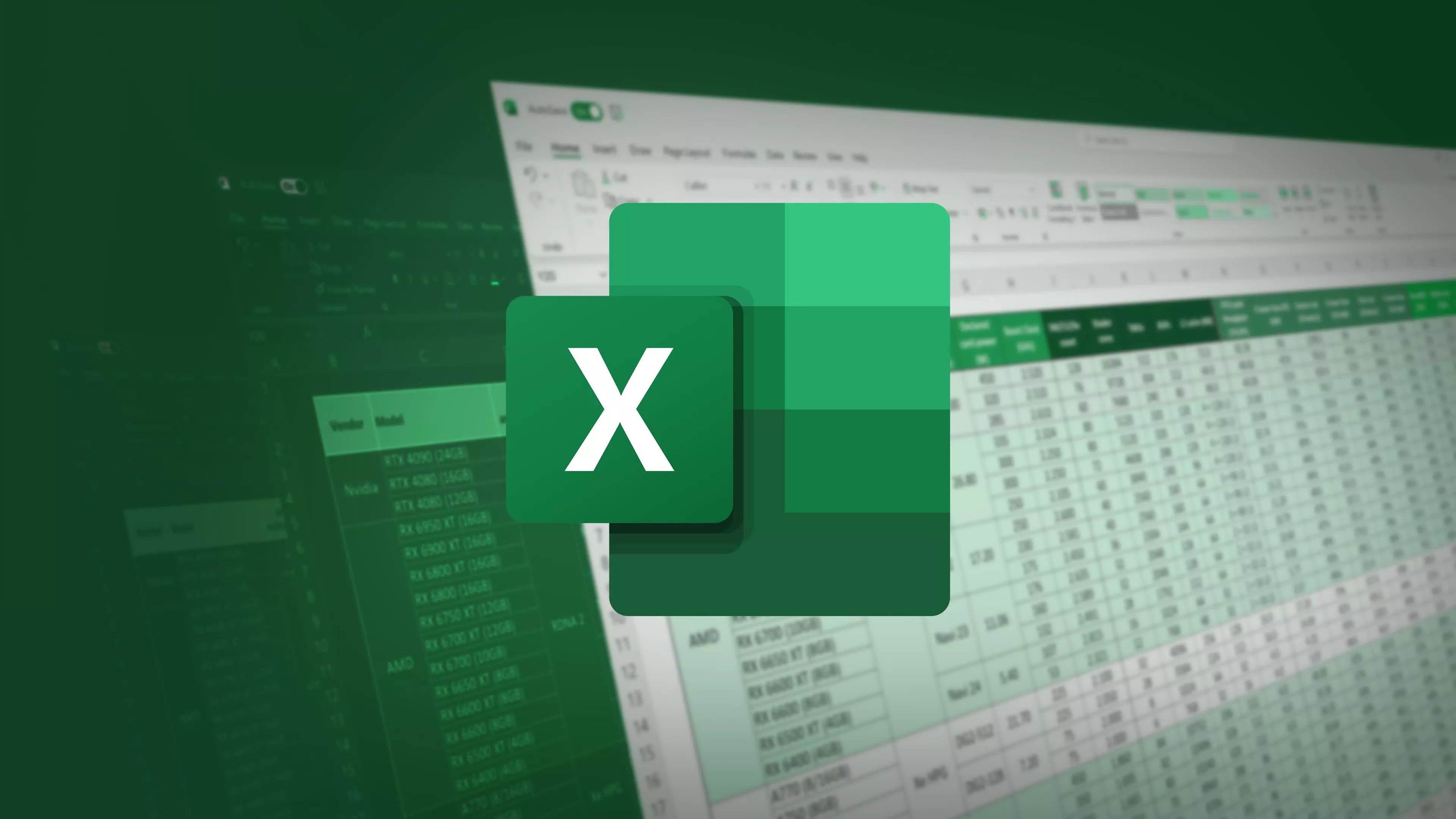Excel is a widely used tool used by many professionals and businesses to organize and analyze data. Excel is a powerful application but navigating through unintentional footers or headers can be frustrating. Fortunately, remove header in excel is a relatively simple process that can make working with data much easier.

The most common reason for needing to remove the header in excel comes when you open an TXT in the program. Excel can automatically insert a header row in the very first row of data. This can create problems when analyzing or manipulating the data. There are some steps you can follow to prevent this when opening an TXT within Excel.
Choose the “Data tab” from the Excel Ribbon menu and then click “From CSV/text”. Next, locate and choose the TXT file you want to open. In the “Text Import Wizard” window, choose “Delimited” and then click “Next.” On the next screen, uncheck the “Tab” checkbox and then click the “Comma” checkbox. Finally select “Finish” to transfer the data into Excel without any header row.
Another reason to remove headers in Excel is to improve the design and function of your spreadsheets. Footers, headers and other elements can be a burden on your screen and can make it hard to access and manipulate data. By removing these elements, you will be able to free up space and allow you to easily view and manipulate your spreadsheets.
Choose the “Page Layout tab” from the Excel Ribbon menu to delete the header and footer. Click “Print Titles” Then click “Page Setup”. Select the “Header/Footer tab” in the “Page Setup dialog box. Select “Custom Header” and then delete all text from the “Left” section, “Center” section and “Right” section boxes. For the footer to be removed, select the “Custom Footer” option and delete the text from the respective boxes. Close the dialog by clicking “OK”. Then, you can save the changes you’ve made and end the dialog.
It may seem a minor task to take headers and footers from Excel however it could make a huge difference in the effectiveness and efficiency of your work. When you remove these elements, you will be able to make more room for your data and make it easier to analyze and alter. By removing the unnecessary header rows that appear within Excel when opening TXT documents, you can also cut down on time and enhance your analysis.
Excel’s ability to remove footers and headers is an important feature that will improve your spreadsheets. It’s as easy as only a couple of clicks regardless whether you’re trying open TXT without a header, or need to clear some area on your computer screen. By eliminating unnecessary headers and footers and adjusting the spreadsheets you use for your purposes You can cut down on time and improve the quality of your analysis.
You can overcome any challenge by using a little practice and the tricks and techniques described in this article. In the beginning, be aware of the version of Excel you’re using. This will assist you in determining which method best suits your needs. Make a layout that is empty for the header and/or footer prior to adding information. This will ensure that the layout is accurate. If you are dealing with headers or footers, you can use different techniques, like Page Setup (also known as Office Button Launcher), Page Layout, and Office Button Launcher. Becoming familiar with these techniques can bring you one step closer to success when it comes to designing your documents in Excel!